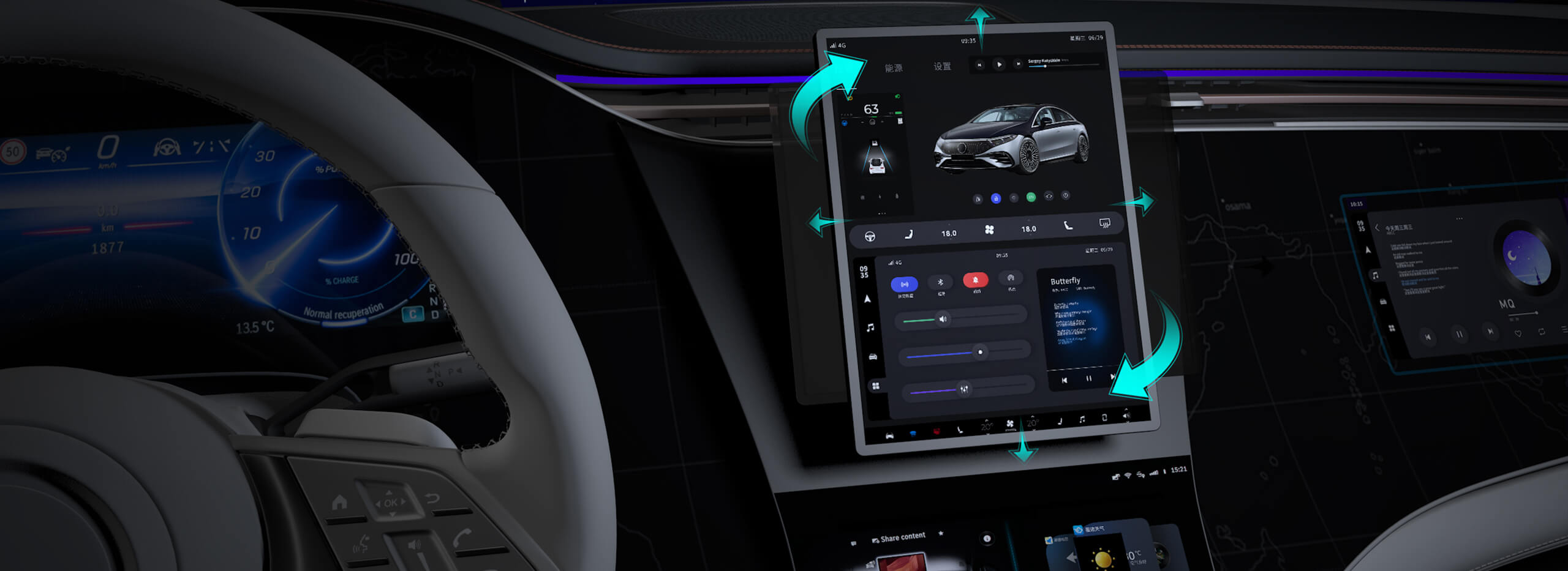part 1:
Unleashing Creativity with Motor Servos and Arduino Uno: A Beginner’s Guide to Robotic Motion
Introduction: The Magic Behind Motion
Imagine a robot arm delicately picking up a glass or a drone adjusting its position mid-air with perfect precision. All these incredible feats of motion are powered by a combination of motor servos and microcontrollers, notably the Arduino Uno. Though these terms may sound technical, their simplicity and flexibility make them incredibly accessible for hobbyists, educators, students, and aspiring engineers alike.

In this article, we’ll peel back the layers of this captivating topic, explaining what motor servos are, how they work, and how to harness their potential using the Arduino Uno. Whether you’re an absolute beginner eager to build your first robot or an experienced tinkerer looking to refine your projects, understanding servo motor control will open up a universe of possibilities.
The Role of Motor Servos in Robotics
At the core of many robotic projects lie servo motors. Unlike standard DC motors, which spin continuously when powered, servo motors offer precise control over angular position. This attribute makes them vital for applications where exact movement is key — think robotic arms, antennas, camera gimbals, or even animated figurines.
Servo motors are compact, fast, and capable of returning to a specific position upon command, thanks to internal feedback mechanisms. This closed-loop system ensures accurate positioning, essential for tasks requiring high precision.
What Makes a Servo Special?
Position control: Servos can rotate to a specific angle within a set range, typically 0° to 180°. Ease of use: They can be controlled with just a few signal wires and a simple control signal. Compact design: Small size allows for integration into various projects. Variety of torque ratings: Suitable for lightweight to moderate loads.
Getting Started: Components and Setup
What You Need
Arduino Uno: The heart of the project, a small yet powerful microcontroller. Servo motor: Typically a small, RC-style servo. Jumper wires: For connections. Power supply: Sometimes servos require dedicated power, especially when multiple are used. Breadboard: Optional, useful for prototyping.
Basic Wiring
Connecting a servo to an Arduino Uno is straightforward:
Power (VCC): Connect to 5V on Arduino. Ground (GND): Connect to GND pin. Control signal: Connect to a digital PWM pin (e.g., pin 9).
Ensure that your power supply can handle the servo's current demands. For a single small servo, the Arduino's 5V pin is usually sufficient, but for multiple servos or larger ones, a separate power source is recommended to prevent voltage drops and reset issues.
Programming Your Servo: The Basics
Using Arduino's built-in Servo library simplifies controlling servo motors. This library offers simple commands to set the angle or sweep through a range.
Sample Code:
#include Servo myServo; void setup() { myServo.attach(9); // Attach servo to pin 9 } void loop() { for (int position = 0; position <= 180; position += 1) { myServo.write(position); // Tell servo to go to position delay(15); // Wait 15ms for the servo to reach the position } for (int position = 180; position >= 0; position -= 1) { myServo.write(position); delay(15); } }
This simple code makes the servo sweep back and forth, illustrating how straightforward controlling servo motors can be with Arduino.
Practical Applications: From Hobby to Industry
Servo motors are not just a hobbyist’s playground; they’re integral to many industries:
Robotics: Arm movement, grippers, mobile robots. Aerospace: Flight control surfaces, antenna positioning. Automotive: Adjustable mirrors, seat positioning. Photography: Camera gimbals and pan-tilt heads. Medical devices: Precise instrument positioning.
The versatility of servo motors combined with the Arduino platform makes it easy to prototype and experiment. In the next section, we'll delve deeper into more advanced control techniques, troubleshooting, and project ideas to inspire your next creation.
End of Part 1
Leveraging innovations in modular drive technology, Kpower integrates high-performance motors, precision reducers, and multi-protocol control systems to provide efficient and customized smart drive system solutions.




































